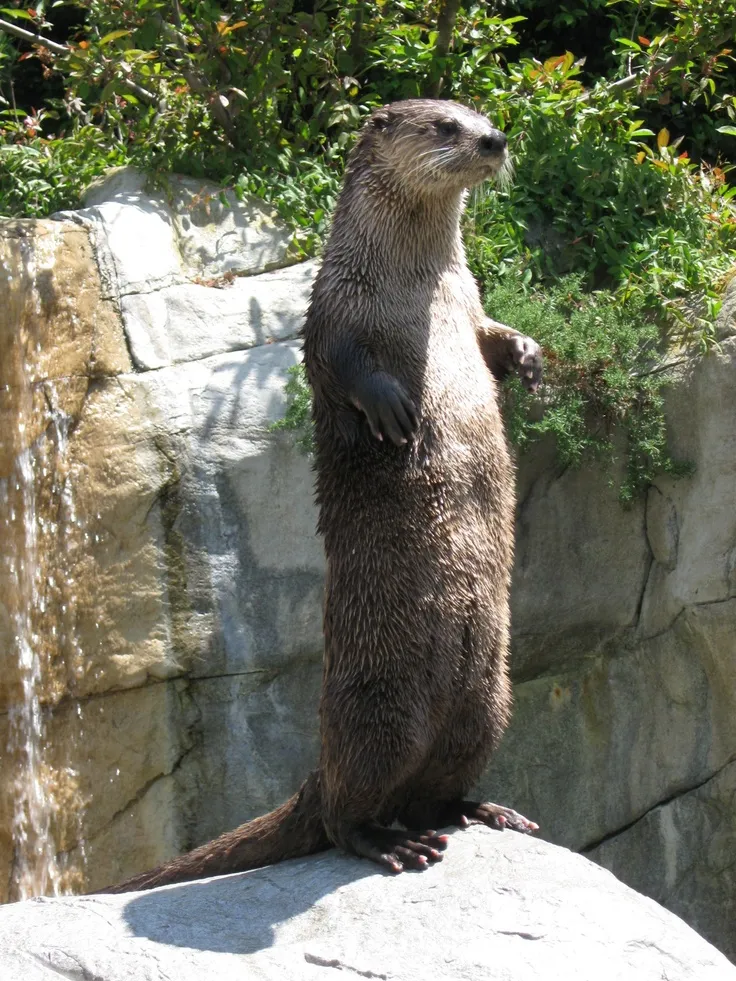
Spinning Otter 3D Puzzle
A dynamic puzzle project completed to develop proper CAD skills
Find more in-depth documentation on my Notion.

The Background
In my 1A (first-year) Communications: Visualizations course, my assigned design team and I were tasked with creating a creative Canadian wildlife-themed 3D puzzle. As a member with previous CAD experience, I spearheaded the design process for the project. Otters are common river animals throughout North America, specifically in Canadian waterways. For a project prompt to create a 3D puzzle of Canadian wildlife, my design team chose to create a Canadian-themed 3D otter puzzle.
The Research
Once we decided on creating an otter puzzle, we started by researching images to break the shape into pieces. The project required at least five unique pieces with connection points and some range of motion. I created the concept sketches that guided the modeling process. To simplify assembly, I designed the pieces to fit together with a central pin, allowing the otter to spin as one when assembled. Initially, we planned to use a bevel gear for the motion, but after advice against the precision of printed gears, we switched to a flat rotating crank holding the pin.


The Development
The 3D modeling for this project was done in SolidWorks, with each team member assigned different pieces. My responsibility included modeling the otter’s feet, tail, and body, while I also created the assembly of all the pieces. I mated the pieces in SolidWorks to ensure a functioning assembly that rotated as intended. Some adjustments were needed for seamless connections, like modifying the pin’s top to make it less visible when the hat is on, and adding a leaf to the hat. We printed the pieces on a Zortrax M200 Plus using PLA, and I prepared the print files with Z-Suite software. While the pieces fit well and the print was completed within the time limit, we encountered an issue with the pin’s tolerance being too small, causing it not to fit through the cross holes. After sanding the pin by hand to fit, the rest of the pieces connected well despite print inconsistencies.
The Final Product
The final product was successfully created from the model and functioned as intended. For the most part, the pieces fit together exactly as they should have. The project accomplished its goal of being a 3D puzzle that creates a moveable Canadian otter. We were also tasked with using SolidWorks Composer to create an assembly manual for the puzzle. I created all the images and put together the assembly manual for my team.


The Takeaway
This project was similar to other projects I did in high school. It was my first completed design project in university, so it tested my ability to coordinate with a team of people of varying skill levels. The main focus of this project was showcasing SolidWorks skills gained from class, and I was successfully able to model and assemble pieces using SolidWorks. I was also able to employ my manufacturing skills during the 3D printing and assembling phase. If we had more time, the next iteration of this project would have cleaner tolerances and a wider range of motion. Ideally, we would also use a more precise printer because the one we were given was not good enough to achieve what we were looking for. Overall, this was a great project for me to expand on my 3D modeling skills by becoming proficient in SolidWorks and familiarize myself with the advantages and drawbacks of 3D printing.
